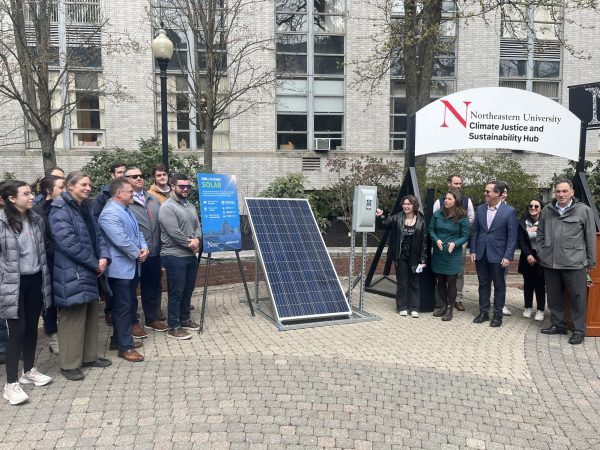Column: How Nike’s Kaepernick Campaign Just Did It
October 3, 2018
By Marisa Goolgasian, news correspondent
Weeks after the fact, people are still buzzing about Nike’s hugely controversial ad campaign featuring former 49ers quarterback Colin Kaepernick.
The latest ‘Just Do It’ initiative sparked record engagement on social media and is driving sales, chief executive Mark Parker told financial analysts on Sept. 25. The campaign has clearly resonated strongly with consumers, and Nike is reaping the benefits.
Some are astonished by these results and say Nike should thank its lucky stars considering the potential losses the brand could have taken (and still might take) outweigh any possible economic reward or positive social change.
Kaepernick’s polarizing stance as an activist along with Nike’s decision to align itself so visibly with a political issue have been clear points of dissent for many, and this has certainly had its effects on the company (shares fell in after-market trading despite double-digit earnings and overall revenue growth during the fiscal first quarter).
Even so, it is hard to argue that this campaign wasn’t extremely successful in achieving its purpose: to brand itself once and for all as the voice of a new generation of consumers.
This campaign is proof that, as far as target audiences go, Nike has it nailed. The audience in question? Millennials and Generation Z. This is a population characterized by iPhones, Instagram and learning C++ instead of Spanish; it takes a lot more than a trending hashtag or strong social media presence to get today’s youth and young adults to engage with a brand, nevermind to identify with it.
So Nike did what any marketing powerhouse would do and identified what young people respond to, what they admire and what they strive for. They came up with a shockingly accurate answer, considering that most attempts to analyze millennials for marketing purposes seem to end in pitiable, simplistic and often cringe-worthy strategies (think Pepsi using Kendall Jenner to incite your inner political activist).
Nike discovered the one thing that millennials crave above all: originality. The ubiquity of the internet and social media in our lives means we know what everyone is up to 24/7 and vice versa. We therefore tend to put forward a curated, better version of ourselves, as does everyone else. This makes standing out that much harder. We admire, envy and emulate those who actually are able to make a splash.
Iconoclasts, movement-starters, people who ignite change and defy all norms and conventions epitomize originality in every sense of the word. They represent the true millennial dream, a dream that, despite what many believe, goes beyond idealism or vanity or the desire to be rich and Instagram famous. Nike’s choice of Kaepernick, the renegade who risked his entire career by starting the trend of kneeling during the national anthem in protest of police brutality and racism, as the face of their brand is proof that they cracked the millennial code.
This isn’t to say that every young adult out there agrees with Kaepernick, admires social activism or is even aware of the issues the campaign alludes to; sadly, that would be far from the truth. Even so, everyone is still talking and tweeting about the campaign. Everyone is still quoting Kaepernick’s line from the ad, “Believe in something. Even if it means sacrificing everything.” And like it or not, everyone is still wearing Nike.


















